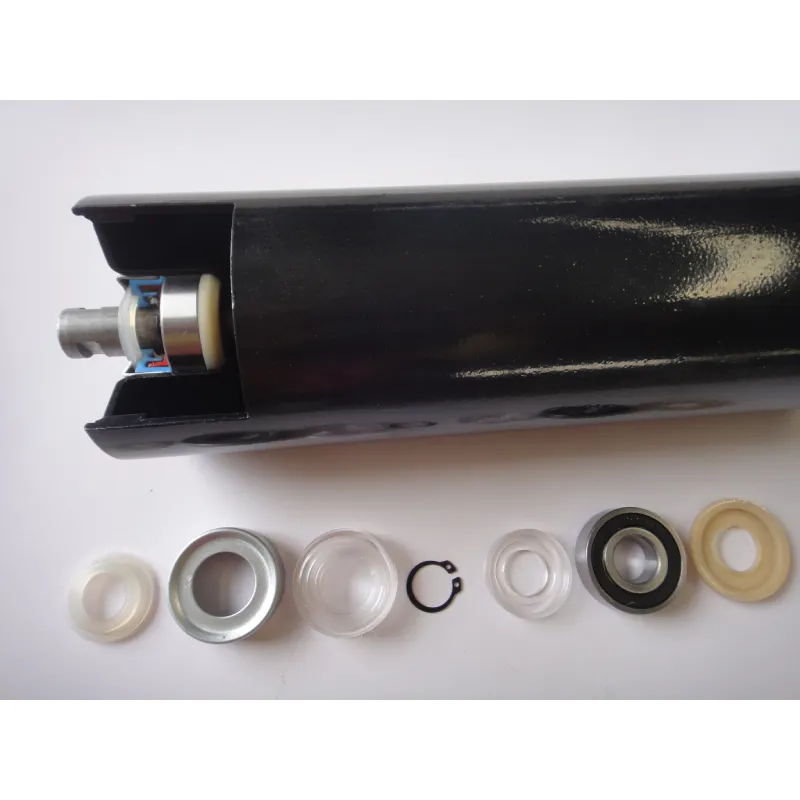 Afrikaans
Afrikaans  Albanian
Albanian  Amharic
Amharic  Arabic
Arabic  Armenian
Armenian  Azerbaijani
Azerbaijani  Basque
Basque  Belarusian
Belarusian  Bengali
Bengali  Bosnian
Bosnian  Bulgarian
Bulgarian  Catalan
Catalan  Cebuano
Cebuano  Corsican
Corsican  Croatian
Croatian  Czech
Czech  Danish
Danish  Dutch
Dutch  English
English  Esperanto
Esperanto  Estonian
Estonian  Finnish
Finnish  French
French  Frisian
Frisian  Galician
Galician  Georgian
Georgian  German
German  Greek
Greek  Gujarati
Gujarati  Haitian Creole
Haitian Creole  hausa
hausa  hawaiian
hawaiian  Hebrew
Hebrew  Hindi
Hindi  Miao
Miao  Hungarian
Hungarian  Icelandic
Icelandic  igbo
igbo  Indonesian
Indonesian  irish
irish  Italian
Italian  Japanese
Japanese  Javanese
Javanese  Kannada
Kannada  kazakh
kazakh  Khmer
Khmer  Rwandese
Rwandese  Korean
Korean  Kurdish
Kurdish  Kyrgyz
Kyrgyz  Lao
Lao  Latin
Latin  Latvian
Latvian  Lithuanian
Lithuanian  Luxembourgish
Luxembourgish  Macedonian
Macedonian  Malgashi
Malgashi  Malay
Malay  Malayalam
Malayalam  Maltese
Maltese  Maori
Maori  Marathi
Marathi  Mongolian
Mongolian  Myanmar
Myanmar  Nepali
Nepali  Norwegian
Norwegian  Norwegian
Norwegian  Occitan
Occitan  Pashto
Pashto  Persian
Persian  Polish
Polish  Portuguese
Portuguese  Punjabi
Punjabi  Romanian
Romanian  Russian
Russian  Samoan
Samoan  Scottish Gaelic
Scottish Gaelic  Serbian
Serbian  Sesotho
Sesotho  Shona
Shona  Sindhi
Sindhi  Sinhala
Sinhala  Slovak
Slovak  Slovenian
Slovenian  Somali
Somali  Spanish
Spanish  Sundanese
Sundanese  Swahili
Swahili  Swedish
Swedish  Tagalog
Tagalog  Tajik
Tajik  Tamil
Tamil  Tatar
Tatar  Telugu
Telugu  Thai
Thai  Turkish
Turkish  Turkmen
Turkmen  Ukrainian
Ukrainian  Urdu
Urdu  Uighur
Uighur  Uzbek
Uzbek  Vietnamese
Vietnamese  Welsh
Welsh  Bantu
Bantu  Yiddish
Yiddish  Yoruba
Yoruba  Zulu
Zulu components of conveyor system
Components of a Conveyor System
Conveyor systems are crucial for automating material handling processes in various industries, including manufacturing, warehousing, and distribution. They help streamline operations, increase efficiency, and reduce physical labor. Understanding the components of a conveyor system is vital for ensuring its optimal performance and longevity.
1. Conveyor Belts
At the heart of any conveyor system lies the conveyor belt. These belts come in various materials, including rubber, plastic, and metal, and can be designed to handle different types of loads and conditions. The choice of material depends on the nature of the items being transported, the environment, and the required durability. Conveyor belts can be flat or modular, with unique configurations designed for specific applications.
2. Drive Assembly
The drive assembly is responsible for powering the conveyor system. It typically consists of a motor connected to a gearbox, which in turn drives the pulley. The motor can be an electric motor, hydraulic motor, or pneumatic motor, depending on the design and needs of the system. The drive assembly ensures that the belts move smoothly and at the required speed, which is crucial for efficient transport of materials.
Pulleys and rollers are essential components that support the conveyor belt and facilitate its movement. Pulleys are located at both ends of the conveyor and are connected to the drive assembly. They help change the direction of the conveyor belt and maintain its tension. Rollers are placed along the length of the conveyor to support the load and reduce friction, thereby allowing the belt to move more smoothly. The choice of pulleys and rollers impacts the overall efficiency and lifespan of the system.
4. Chassis and Frame
components of conveyor system

The chassis or frame of a conveyor system provides structural support to all the components. It is typically made from steel, aluminum, or a combination of materials, ensuring it can withstand the load and any operational stress. The design of the chassis varies depending on the conveyor type (e.g., belt conveyor, roller conveyor, overhead conveyor) and is vital for the system’s alignment and stability.
5. Sensors and Controls
Modern conveyor systems often incorporate advanced sensors and control systems to enhance automation and monitoring. Sensors can detect the presence of items on the conveyor, gauge speed, and monitor overall performance. Control systems, which can be manually operated or automated, regulate the speed of the conveyor, start and stop the system, and communicate with other machinery. This integration of technology leads to increased efficiency and reduced error rates.
6. Safety Features
Safety is paramount in any industrial setting, and conveyor systems are equipped with various safety features to protect workers and ensure smooth operation. Emergency stop buttons, safety guards, and conveyor belt tracking systems are just a few examples of essential safety components. These features help minimize risks associated with moving parts and potential accidents.
7. Maintenance Components
To ensure the longevity of a conveyor system, maintenance components such as lubrication systems, adjustable tensioners, and wear-resistant surfaces play critical roles. Regular maintenance is crucial for preventing breakdowns and ensuring the system runs smoothly. Scheduled inspections and timely replacements of worn-out parts can significantly extend the operational life of the conveyor system.
Conclusion
Conveyor systems consist of multiple interconnected components, each playing a vital role in material handling processes. Understanding these components—from conveyor belts to drive assemblies, pulleys, sensors, and safety features—enables businesses to optimize their conveyor systems for maximum efficiency and safety. As industries increasingly rely on automation and efficient material handling solutions, knowledge of conveyor system components becomes ever more critical in maintaining competitive advantage and meeting operational demands. Investing in the right components and technologies will contribute to the overall productivity and effectiveness of the material handling process.
-
Revolutionizing Conveyor Reliability with Advanced Rubber Lagging PulleysNewsJul.22,2025
-
Powering Precision and Durability with Expert Manufacturers of Conveyor ComponentsNewsJul.22,2025
-
Optimizing Conveyor Systems with Advanced Conveyor AccessoriesNewsJul.22,2025
-
Maximize Conveyor Efficiency with Quality Conveyor Idler PulleysNewsJul.22,2025
-
Future-Proof Your Conveyor System with High-Performance Polyurethane RollerNewsJul.22,2025
-
Driving Efficiency Forward with Quality Idlers and RollersNewsJul.22,2025





























